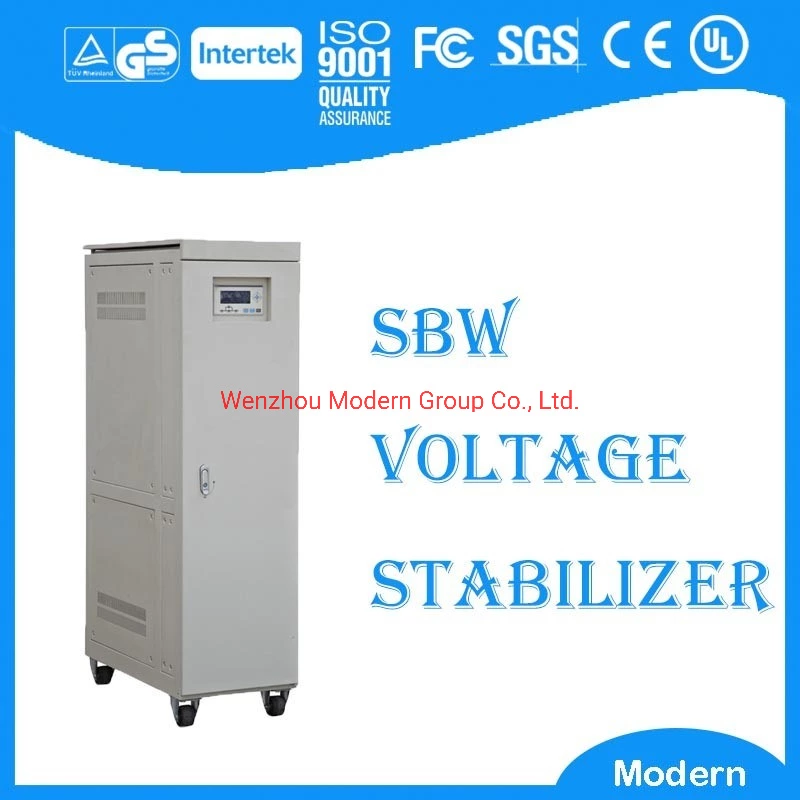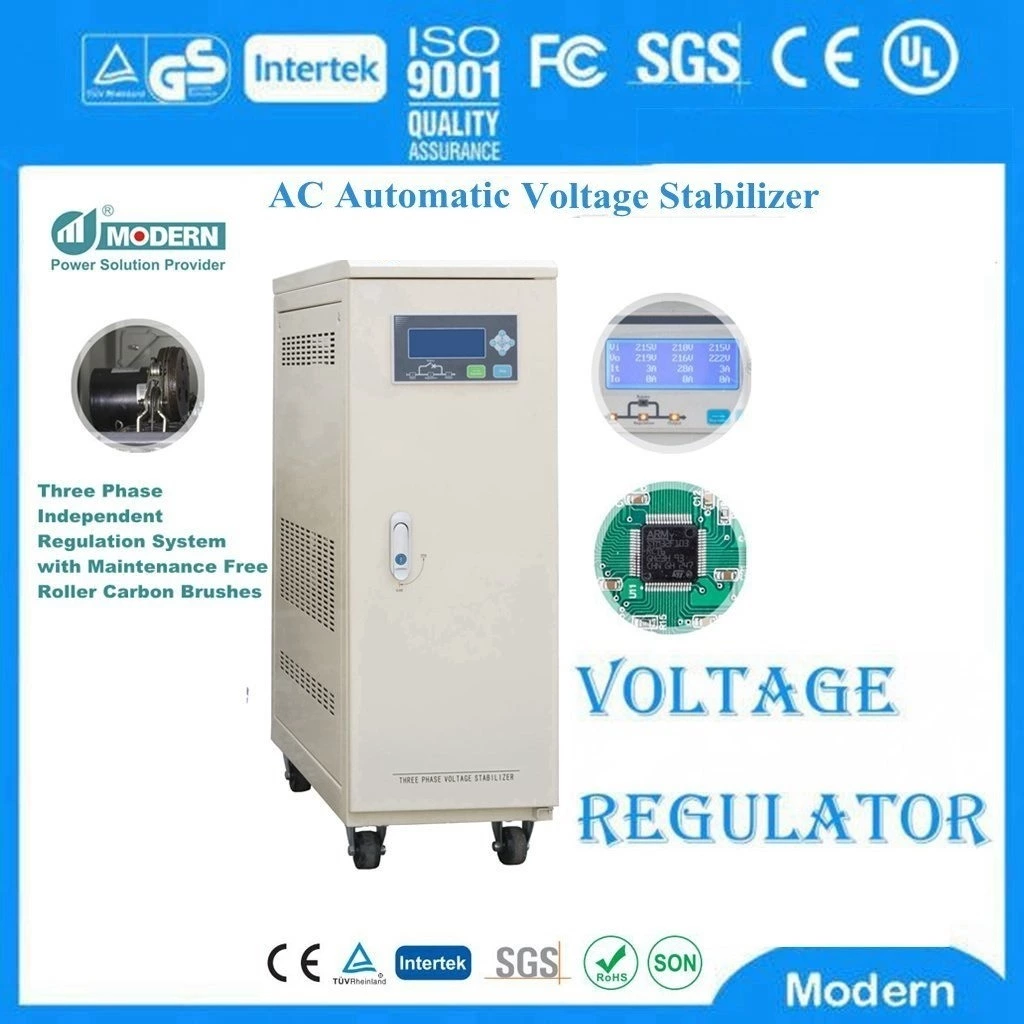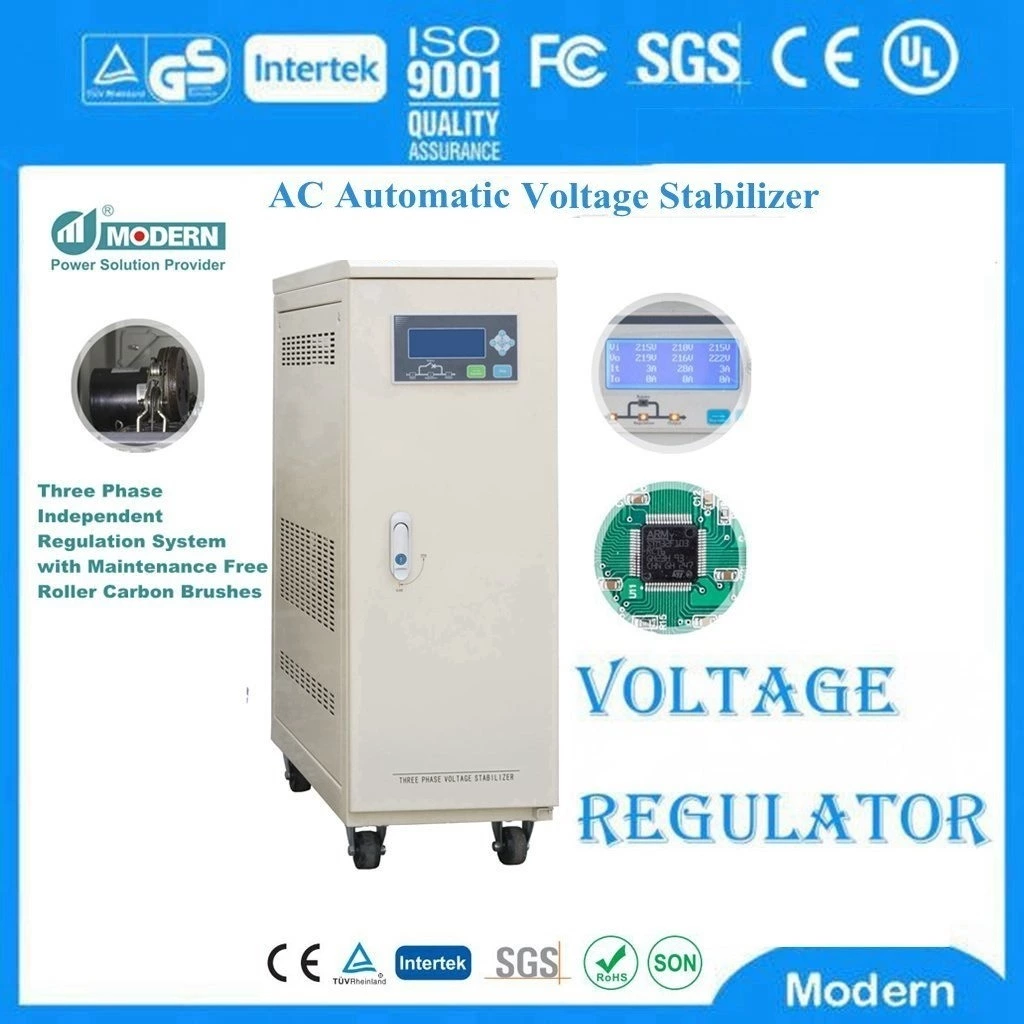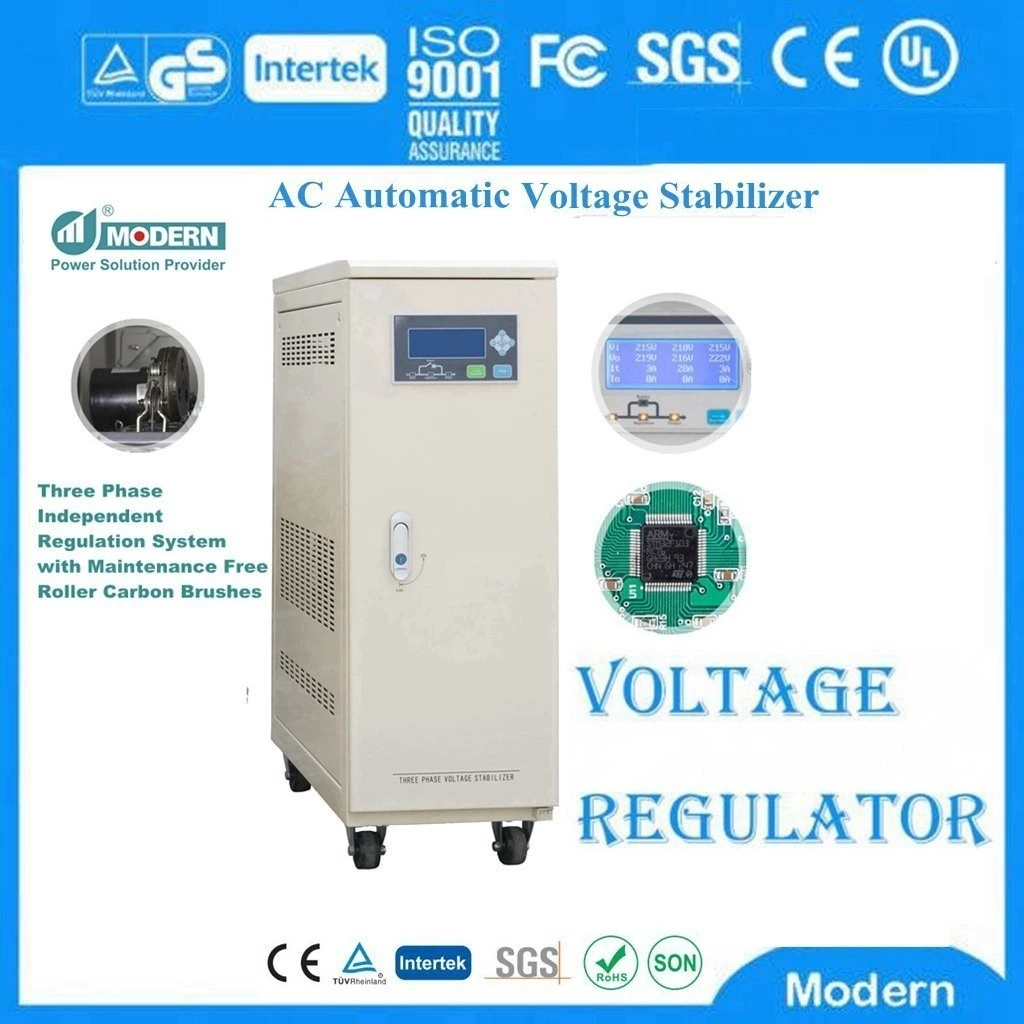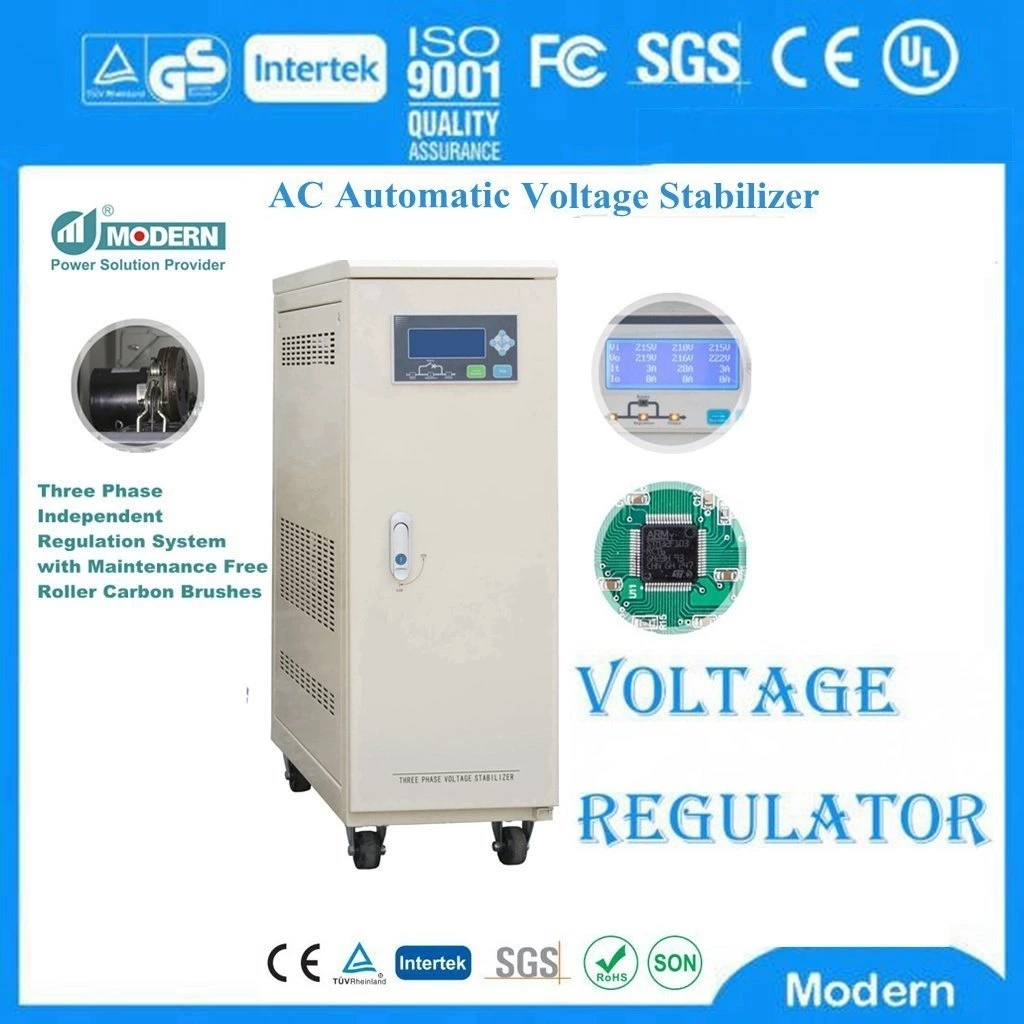Maintenance Experience And Working Principle Of Automatic Voltage Stabilizer
Originally, when it was Automatic Voltage Stabilizer, I always went to after-sales service for repair, and the repair fee was 700 to 800 yuan. After-sales service was just a pitfall for the boss; this time it broke down and I repaired it myself for a few dozen yuan.
Cause of the fault: It cannot automatically increase the voltage, and it can be manually reduced or increased. (These are all oil-immersed voltage regulators)
After observation and diagnosis, I heard a clicking sound in the control box, as if there was some poor contact; the motor can be manually reduced, which means that there is no problem with the motor and the voltage regulator, and the problem is in the control box.
Remove the control box during power outage inspection, wrap the plug of the control box to prevent accidents, switch to manual control of voltage, and continue to use it. Unpacking and checking found that the contact of a contactor was burned out. No wonder one of the contacts was broken. Only two phases of electricity pass through the three-phase power. The three-phase control motor must not rotate, and it cannot increase the voltage (this contactor is a booster). This is the problem. After the power outage, install it and check the machine to increase and decrease the voltage normally, and it is OK.
If the mains power supply is too low, a two-stage boost is used, that is, the first-stage boost cannot reach the working voltage, and then add a voltage regulator to boost the voltage to reach the working voltage. During the peak power consumption period in summer, the first-level input is only over 200 volts, and in winter, the input is only over 310 volts. Only the **-level output can reach the working voltage.
1. Working principle of automatic voltage regulator:
The automatic voltage regulator actually connects three voltage regulating units together in a "Y" shape. Then use the control circuit board and the motor drive system to control the voltage regulating transformer to achieve the function of stabilizing the output voltage. If the sliding arms of the three voltage regulating transformers are driven by one motor, the voltage regulation method is an automatic voltage regulator. If the sliding arms of the three voltage regulating transformers are independently adjusted by three motors, the voltage regulator is an automatic voltage regulator. Their working principles are exactly the same as those of single-phase voltage regulators.
2. The voltage regulator ensures continuous output
During the voltage regulation process, the voltage regulator changes the number of coil turns in contact by moving the carbon brush. Therefore, it is required to always keep in contact with the coil during adjustment. Otherwise, there will be a power outage.
How does the voltage regulator maintain continuous output?
1. The carbon brush must ensure a certain thickness.
2. Before the carbon brush has completely moved away from the coil that has been in contact, the carbon brush has already contacted another turn of the coil.
3. During the movement, it is necessary to cross two turns (at least two turns)
4. There is always a short circuit between turns during the operation of the voltage regulator. The thicker the carbon brush is, the more turns will be short-circuited. Therefore, the thickness of the voltage regulator carbon brush is different according to the wire diameter of the voltage regulator.
5. Because the short circuit between turns is harmful and useless, it will cause short-circuit circulation, so its size must be controlled. Therefore, the turn voltage of the voltage regulator is generally below 1V. The common high-power voltage regulator turn voltage is 0.8-0.9V, and the low-power is even smaller, generally ranging from 0.4-0.7V. If the turn voltage is too high, the stability of the voltage regulator will be worse and it is very easy to burn out.
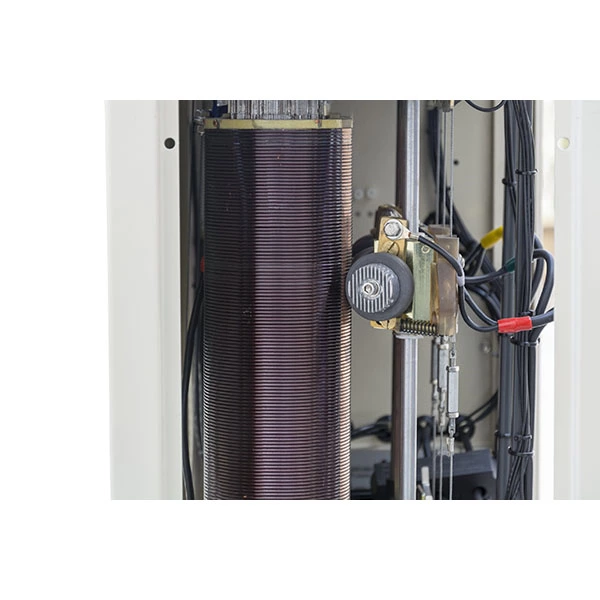
 Русский
Русский
 Français
Français
 Português
Português
 Español
Español
 اللغة العربية
اللغة العربية
